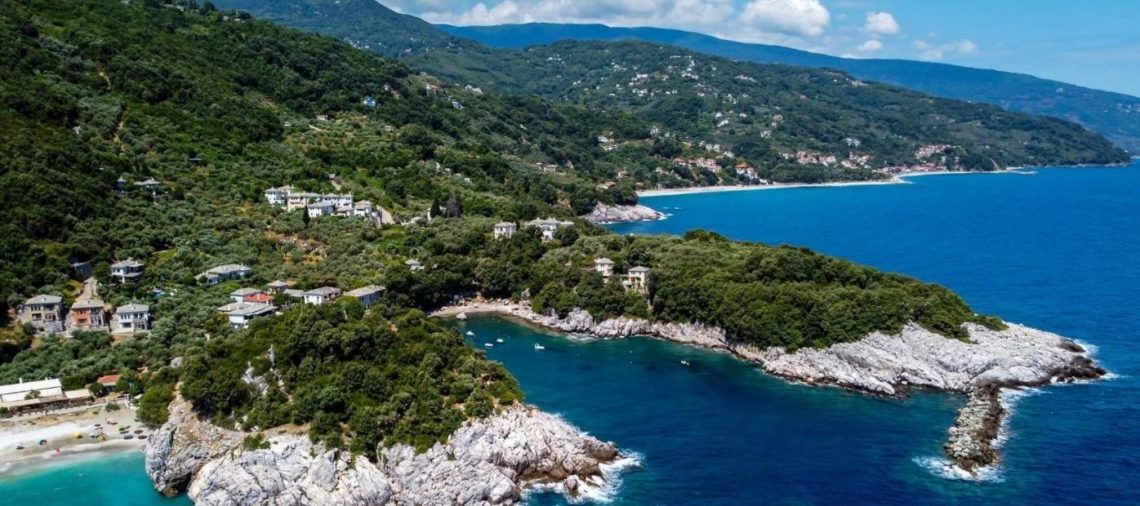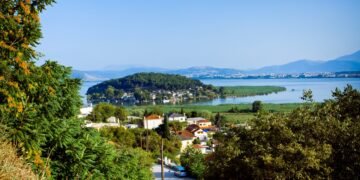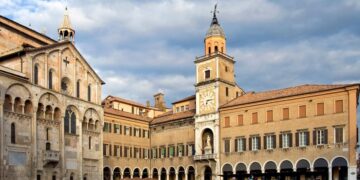Greece is the land of sun, sea, and mountains, endless sandy beaches, healthy food, and kind-hearted people. Whether it’s breathtaking mountains crisscrossed by gorgeous rivers, sandy beaches lapped by crystal clear turquoise waters, or ancient monuments, most of the time all of these can be found within hours of each other. This makes Greece one of the best countries to combine a holiday in the mountains with one by the sea.
There are many places in Greece where you can plan a mountain-sea holiday, combining your passion for hiking and your desire to see beautiful scenery with the total relaxation that comes from spending time on a sun lounger in the sun with the sound of the sea in your ears. If you want such a holiday, consider the following top destinations in Greece, and you will definitely come back 100% happy:
Epirus
It must be said from the outset that Epirus is a fantastic region, its diamonds are many, and one holiday is not enough to discover them. Geographically speaking, Epirus is the region in the northwest of Greece that you pass through if you have planned a holiday in the island of Corfu, Lefkada, or the Parga area.
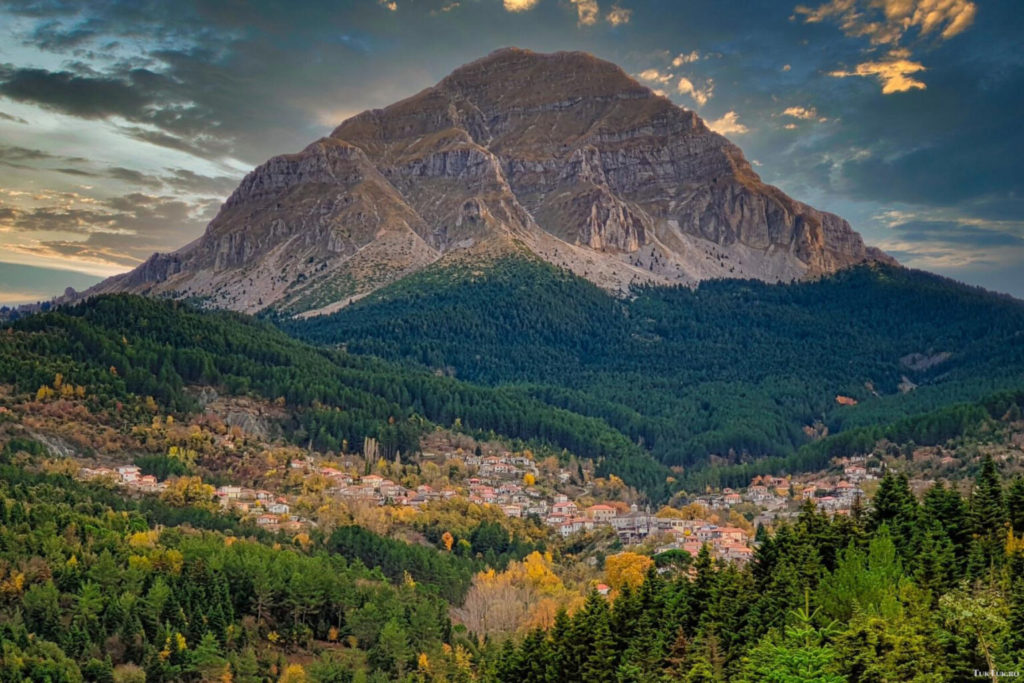
I’ve written about the wonders of Epirus, which enchanted me with the mountains and the Vlach villages that line their slopes. At the same time, Ioannina is one of the most beautiful towns in Greece, with a historic center that captures earlier cultures, with influences from the Ottoman occupation and the Muslim and Jewish religions. The castle of Ioannina is the oldest Greek Byzantine fort. It should not be missed, just as the island in the middle of Lake Pamvotis hides fascinating stories about the ‘Lion of Ioannina’, the controversial Ali Pasha.
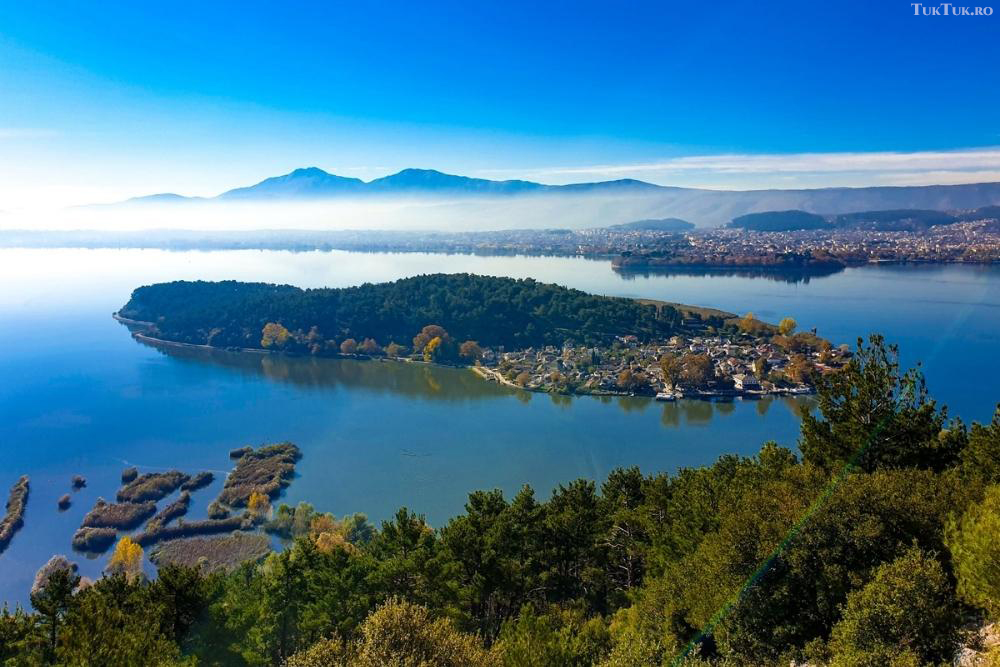
Ioannina is, however, just one of the many attractions of Epirus that you should see. Others include Kipinas (the monastery carved into the rock, with a cave leading from its shrine), the villages of Kalarites and Sirrako, the Plaka stone bridge (just one of the beautiful arched bridges of northern Greece), the Stone Forest near the village of Monodendri, the extraordinary Vikos Canyon in the Zagori region, the magnificent village of Papingo, the Rogovo natural pools, Lake Aoos and, last but not least, the beautiful village of Metsovo.
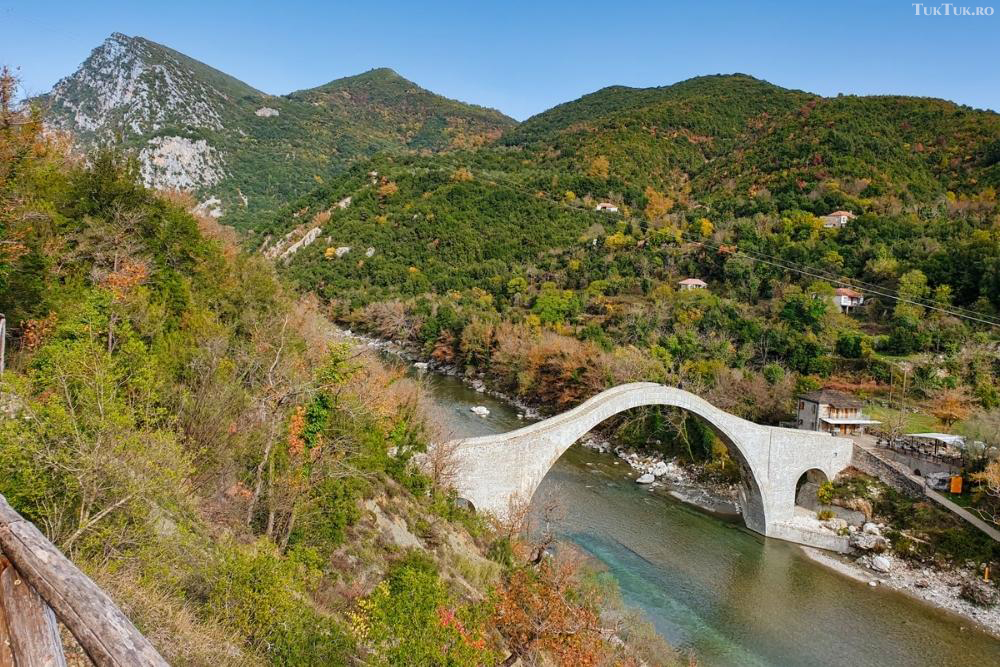
And once you’ve had your fill of mountain beauties, you can head for the sea: a 100-kilometer coastline is home to some of Greece’s most famous sandy beaches, most with all the necessary facilities, while others – for those seeking seclusion – are only accessible by foot or boat. After visiting Epirus, Preveza, Parga, and Sivota are the right places for a relaxing beach break.
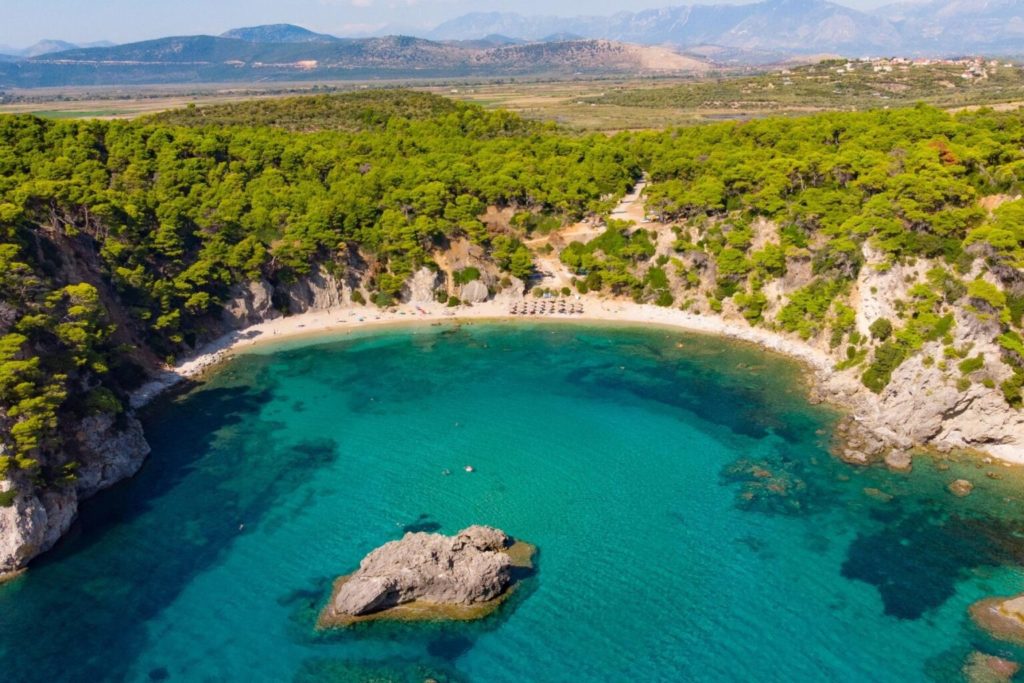
In Preveza, Monolithi beach is huge (it stretches for 24km), has fine sand and turquoise waters so that you won’t be crowded with other tourists, and cycling along the coast or kayaking on the sea are just two of the activities you can do here.
In addition, the town of Preveza, accessible from the Epirus region through the first underwater tunnel built in Greece, offers the opportunity to explore the history and culture of the place where the ancient city of Vereniki stood in 290 BC. In Preveza, you can lose yourself in the narrow streets, admiring the magnificent Byzantine and Venetian architecture, visit the remains of the Roman city of Nikopolis, the ancient site of Kassiopi, Pantokratoras Castle (19th century) at the mouth of Amvrakikos Bay or take a day trip to admire the beautiful Venetian castles in the area.
The coastal town of Parga stretches into a mountainous area with pine forests, Venetian monuments, and olive groves. Parga welcomes visitors with its special architecture, picturesque shops where you can buy handmade souvenirs, and traditional cafes and taverns.
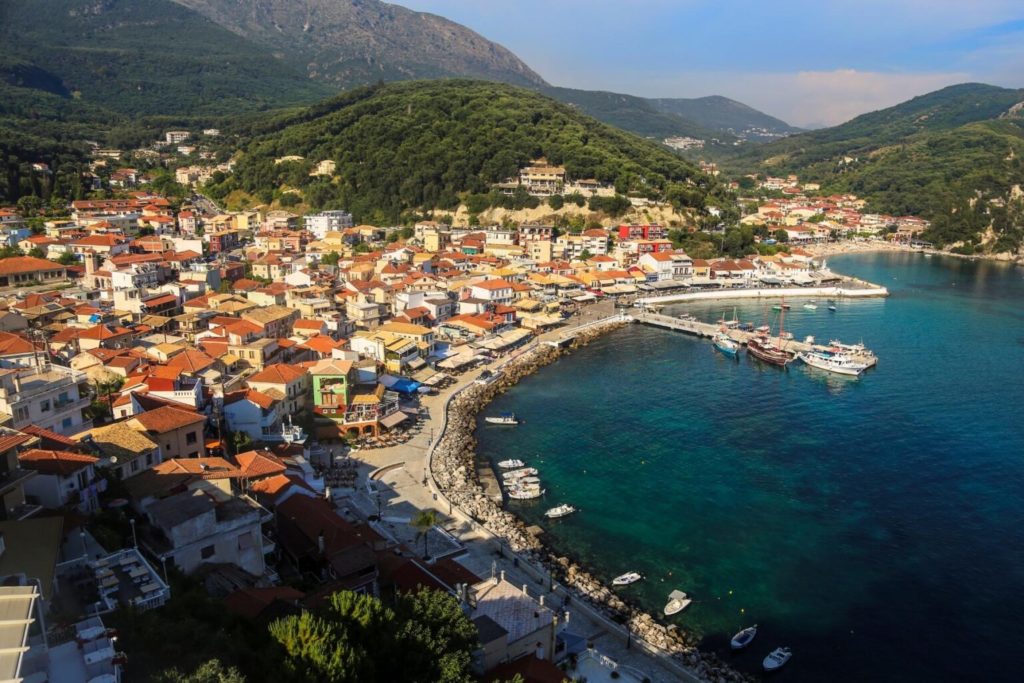
If you want to visit something in Parga, you can see the Necromanteion archaeological site in Acheron, where the Temple of Hades is located. The coastal region near Parga is perfect for scuba divers, while lazy beachgoers can seek out Krioneri Beach (well-equipped), Valtos Beach (next to a pine forest), and Lichnos Beach (also bordered by a forest).
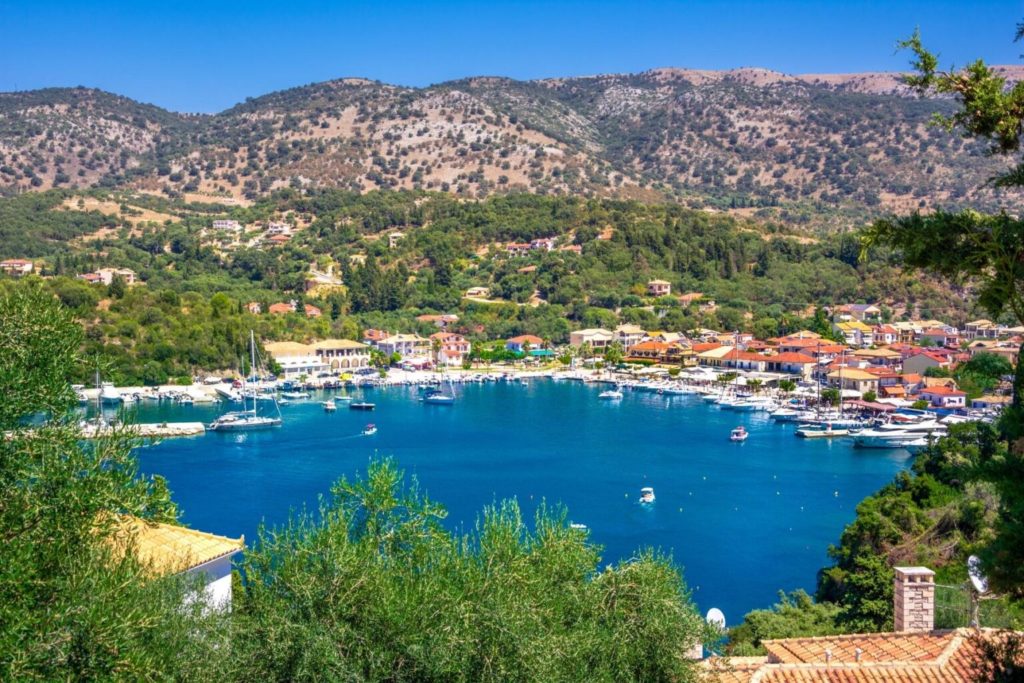
Last but not least, Sivota Bay, some 22km from Parga, is perhaps the most ‘exotic’ part of Greece, nicknamed the ‘Greek Caribbean’ – it’s easy to see why, with its white sandy beaches and turquoise sea making it a popular spot. “The ‘stars’ of Sivota are the beaches of Bella Vraka and especially Mega Ammos. But the highlights are not limited to these two beaches: explorers should also discover the region’s secret coves, especially the one called the Blue Lagoon.
Pieria
The Pieria region of Greece is practically the same as Mount Olympus, the legendary mountain of the gods. I had the opportunity to “caress” at the foot, admiring its majesty and beauty. Here I stayed in Litochoro, a sort of outpost of the gods, an authentic Macedonian small town with its roots in the 14th century. It’s visited by Greeks and tourists alike, not only because of the huge magnetism of its location, at the foot of the legendary mountain, but also because it’s the perfect option for those who want a mountain-side holiday, with the sea just 6km away.
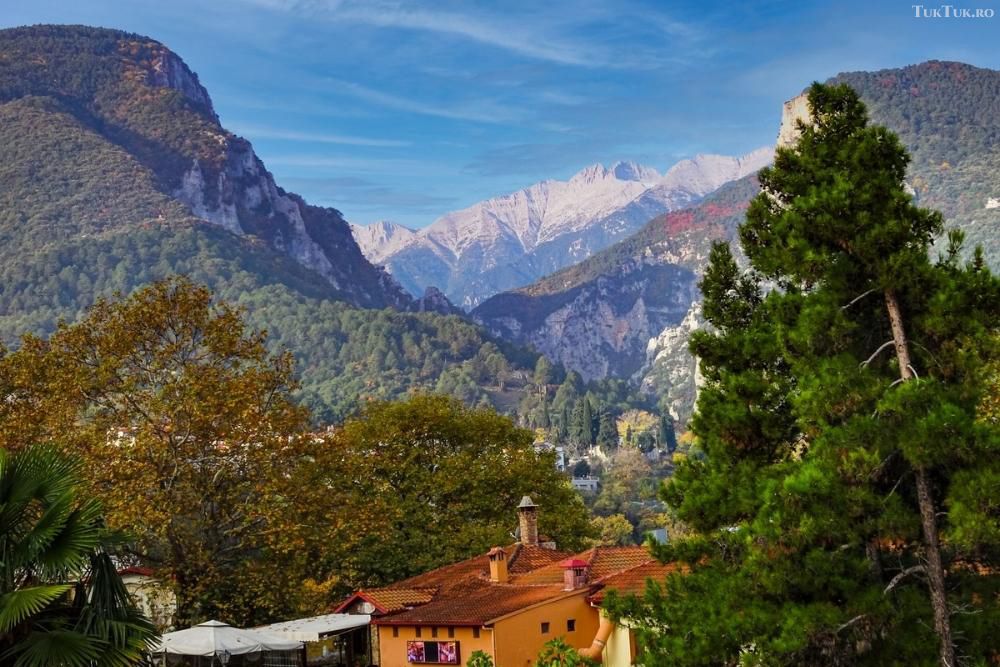
Pieria offers unique settings in Greece, a region rich in history, culture, nature, traditional villages, good food, and even vineyards producing outstanding wine. It is just over an hour from Thessaloniki and, of course, is known especially for the area of coastline called the Riviera of Olympus.
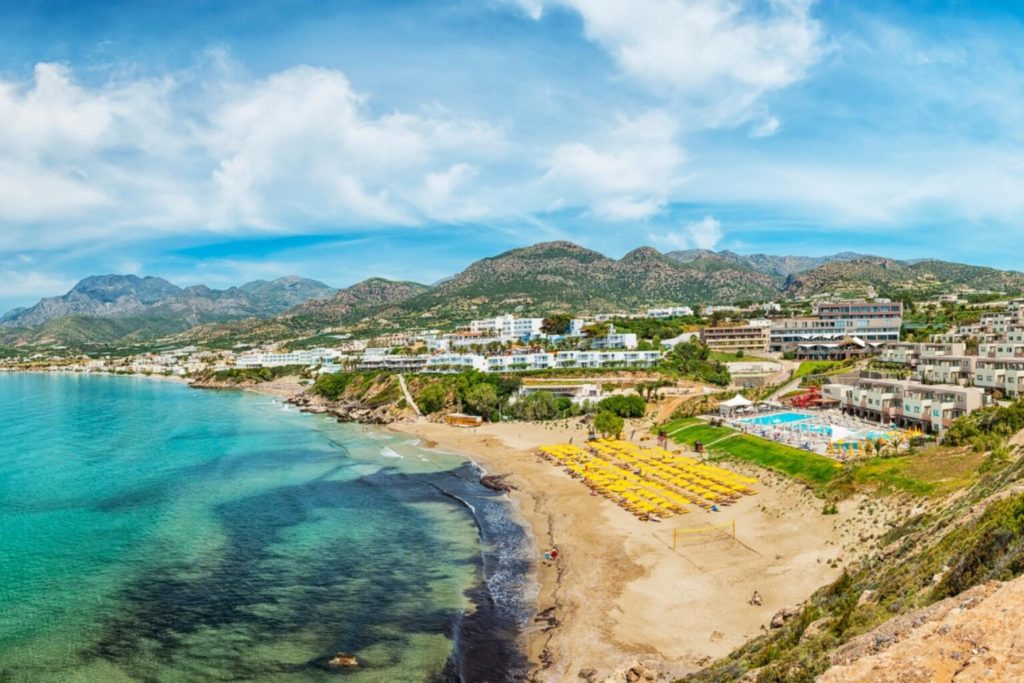
If enough is known about the beaches here (I would mention, in passing, the beaches of Methoni, Makrigialos, Agios Giannis, Pydna, Korinos, Paralia, Olympic, Variko, Panteleimonas, Platamonas, and so on) perhaps less is known about what Mount Olympus has to offer to hiking and trekking enthusiasts.
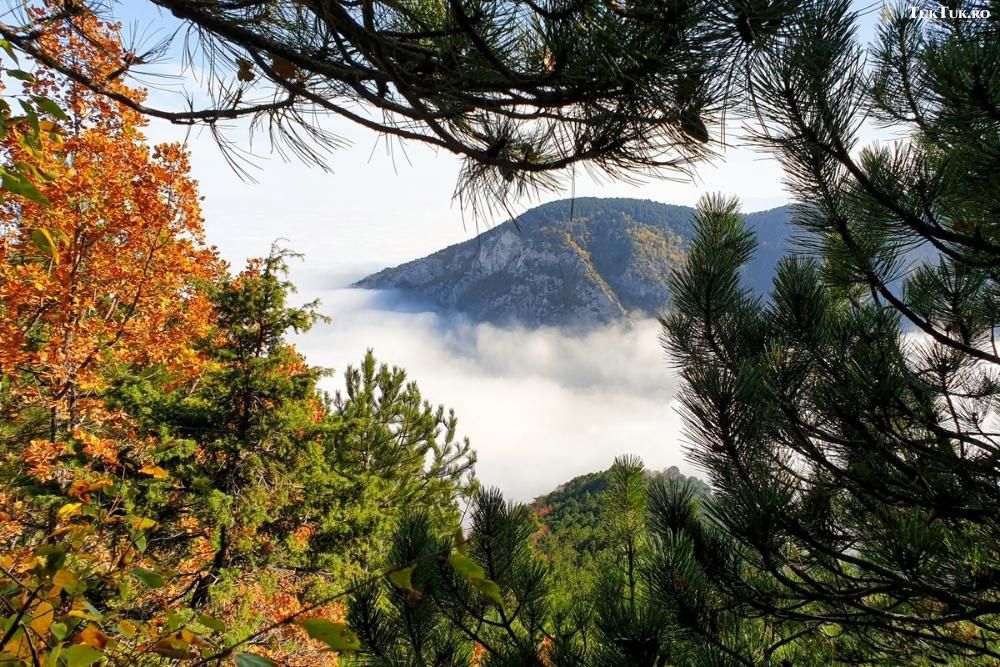
Mount Olympus is known worldwide as the home of the gods in Greek mythology. Without a doubt, it is also one of the most spectacular mountains to climb, thanks to the nature of its scenery, rich flora, and endless views of the Aegean Sea and sandy coasts stretching as far as the eye can see. It was Greece’s first official national park, as early as 1938, and a World Biosphere Reserve. Its hikes connect with numerous myths and legends, creating a magical experience.
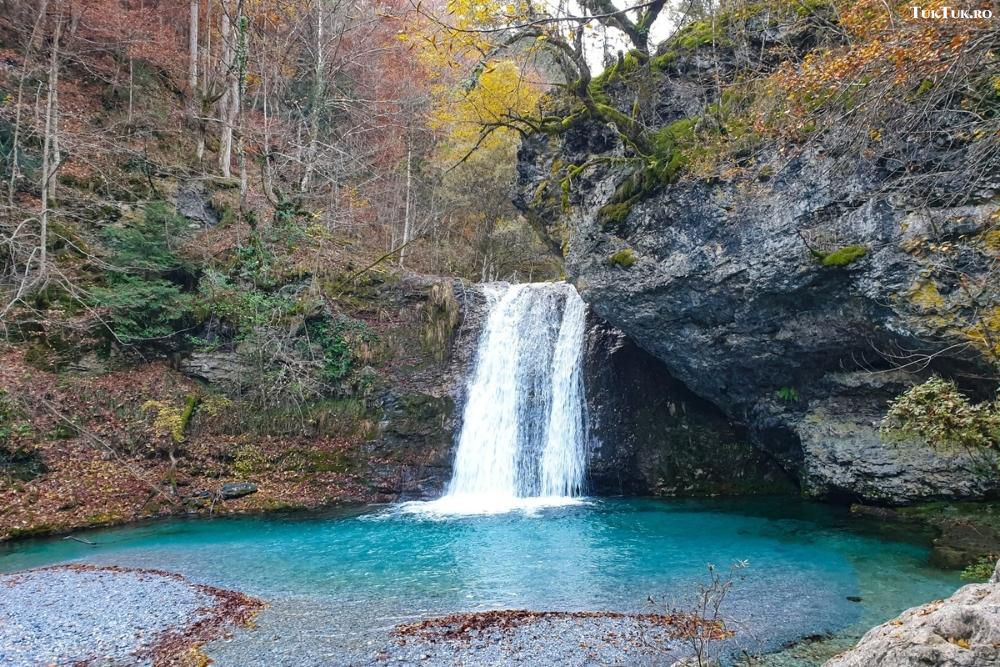
The Mount Olympus Challenge starts in Prionia, at an altitude of 1100 meters, which can be reached by car. From here, the ascent begins along the trails in the gorge formed by the Enipeas River above Litochoro. After about four hours of walking, you’ll reach the old monastery of Agios Dionysios (St. Dionysius), which has been there since the mid-15th century. Still, you can also visit the new monastery and then continue to the 2918-meters peak of Mytikas, with a possible stop at the Spilios Agapitos refuge.
On Mount Olympus, you can also enjoy the beauty of Greek villages. Their popularity has grown as visitors began to discover the adventures offered by the mountain of the gods (hiking, mountain biking, horse riding, canyoning, climbing, paragliding, etc). Residents who had once left the mountain for coastal settlements have returned and restored old houses in traditional Macedonian style, opening numerous charming guesthouses, taverns, and shops.
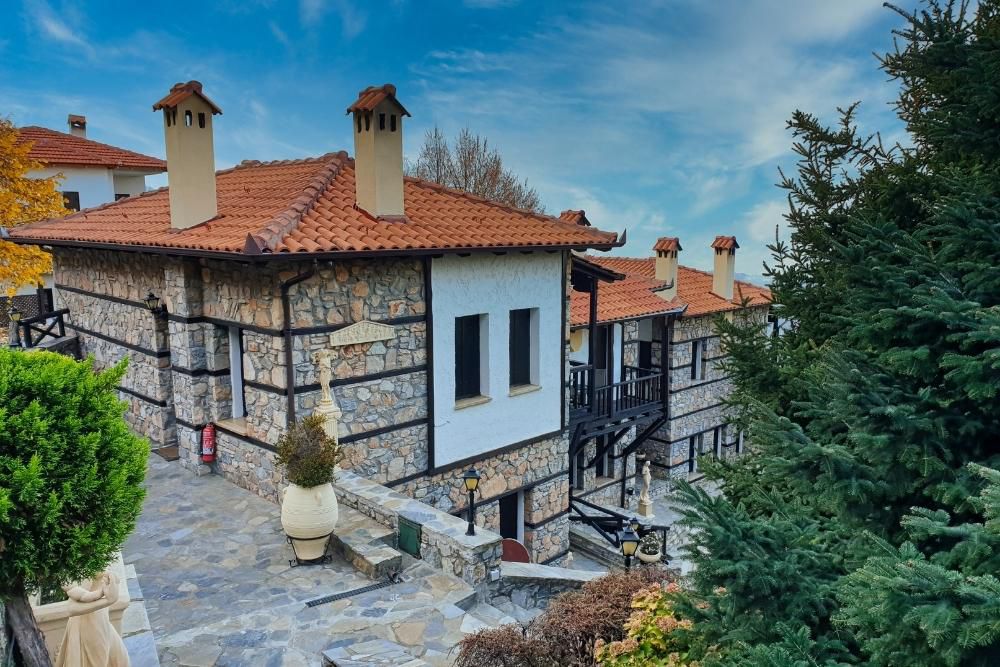
One of the most beautiful villages you’ll never tire of admiring is Palios Panteleimonas, a traditional settlement on the slopes of Mount Olympus at an altitude of 500 meters. Old Panteleimonas is an idyllic place, mixing Macedonian architecture with Epiprian elements.
These houses, with their special, imposing appearance, restored after 1991, have led to the locality being declared a ‘national monument’. They are stone houses with wooden beams and small balconies of the same material, built along narrow cobbled alleys, in which majestic plane trees often make their home. Stop here for a coffee and candied fruit jam in a magical atmosphere.
But don’t miss places like Litochoro (as mentioned above, the base of any Mount Olympus adventure), Palaioi Poroi (another beautiful village with 18th-19th century houses) or Dion (a town steeped in history with its archaeological museum, the shrine of King Phillip the Second and his son Alexander the Great).
Pelion
Another area of Greece where you can easily combine a holiday in the mountains with a holiday by the sea is Mount Pelion, in the south-eastern part of central Thessaly. According to mythology, Mount Pelion is named after the mythical King Peleus, the father of the hero Achilles. The legend is that this mountain is where Peleus and Thetis were married. Uninvited to the wedding, the goddess Eris decided to take revenge on the couple by bringing an apple tree with the inscription ‘To the fairest’. This was the apple of discord that drove a wedge between the goddesses Hera, Aphrodite, and Athena and eventually led to the outbreak of the Trojan War.
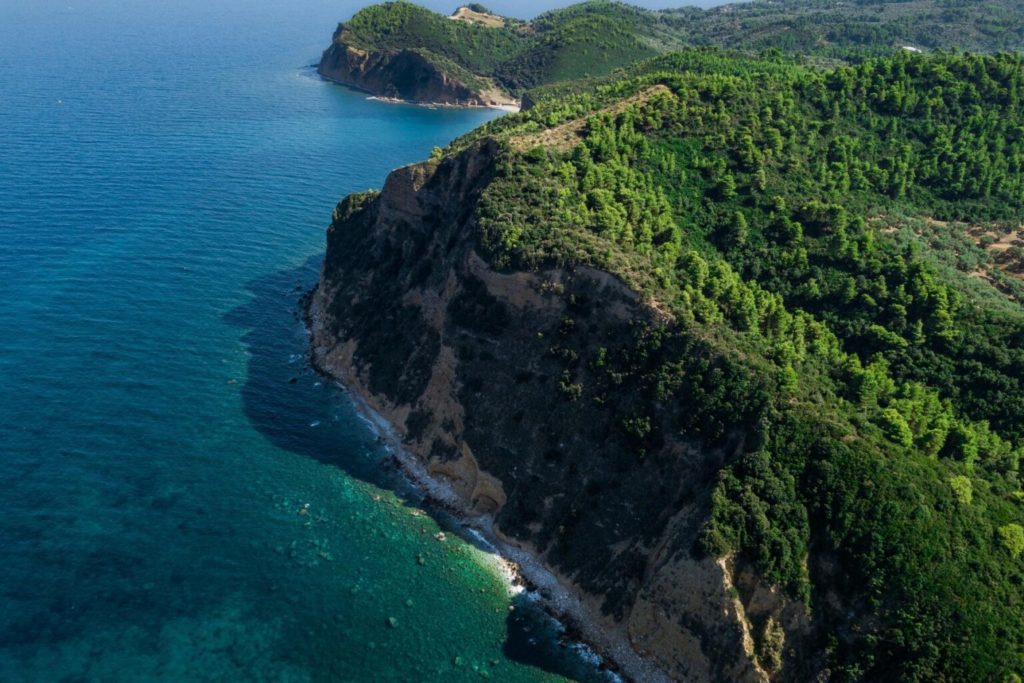
The natural beauty of Mount Pelion is incomparable. Pelion is covered by a rich forest of beech, oak, maple, plane, and chestnut trees, some reaching heights of 50 meters. Hiking enthusiasts will feel at home in Pelion: there are all kinds of trails, with stone paths leading to coves and beaches or dirt paths, natural springs, gorges, and other natural features of rare beauty, where specific activities such as horse riding or mountain biking can be carried out.

There are 24 charming villages on Mount Pelion, where traditional architecture has been preserved, with beautifully crafted stone houses whose architectural details and color combinations fit perfectly into the mountain landscape.
The peninsula on which Mount Pelion lies is also home to some of Greece’s most beautiful beaches, with crystal clear waters surrounded by steep green slopes. Pelion’s most impressive beaches are on the eastern side of the peninsula – Agios Ioannis, Horefto, Papa Nero, and Mylopotamos, the latter being perhaps the best choice. White sand, towering cliffs that divide it in two, and pine trees that generously offer their shade are the elements that define the beauty of Mylopotamos beach, a place where you can enjoy nature away from the crowds and noise.
Crete
Attracted by the breathtaking scenery, hikers from around the world travel to Crete. Thousands of kilometers of trails link beaches to dramatic gorges, rugged forests, and towering mountains. While the coastal coast offers total relaxation thanks to fantastic beaches, the epic landscapes of mountainous Crete often steal the show.
Crete is a true mountain and beach destination, with the landscape of Greece’s largest island including majestic mountains (sometimes even snow-capped peaks), secret waterfalls, and hiking trails to suit all tastes. Timios Stavros, part of the Ida mountain range, is the island’s highest peak, measuring 2456 meters.
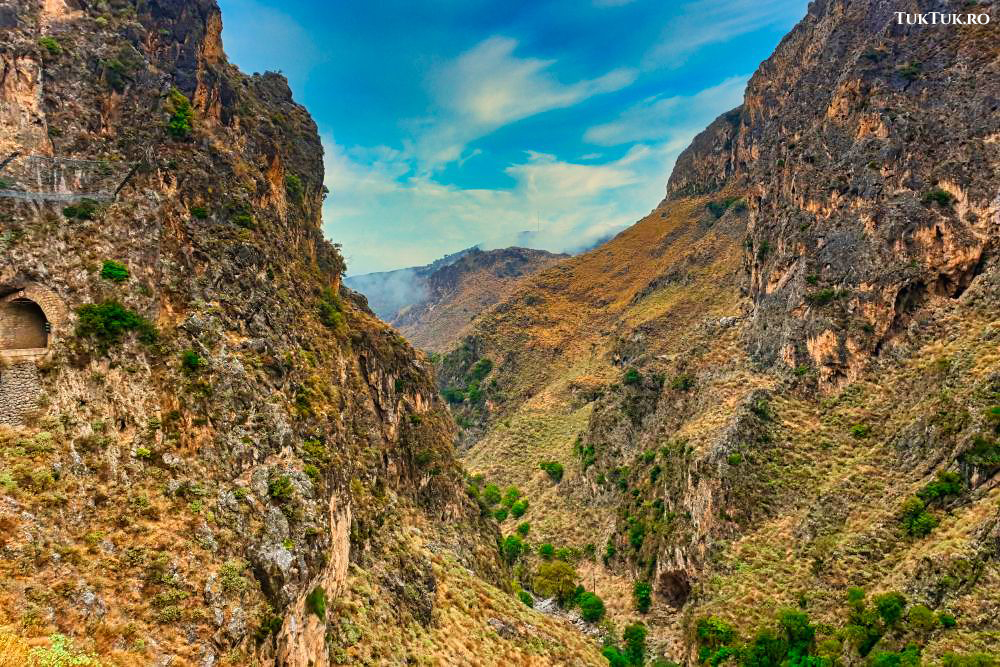
It is said that, for the Cretans, mountains are more important than the sea. The island has five mountain ranges – from west to east, the White Mountains, the Idi Range, Mount Kendros, the Dikti Range, and Mount Thripti. For hiking enthusiasts, the White Mountains are the most popular. But you don’t have to climb to their highest peak to enjoy the scenery of the White Mountains, where villages and flower-filled fields create beautiful pictures for any hiker.
In Greek, the White Mountains are known as Lefka Ori, and although the name refers to the snow that often falls between November and May, it also comes from the fact that the water-laden limestone soil glows silver-white in the bright sunlight. This limestone has been shaped over thousands of years into gorges and caves with an almost Selenian appearance.
The best-known hiking trail in the White Mountains is the Samaria Gorge, the longest in Europe at 16 kilometers. The hike through Samaria starts from a point called Xyloskalo and can end right at the Mediterranean Sea, after passing through narrow passages, rock arches, and rocky, not very friendly terrain. Samaria is open for hiking between 1 May and mid-October. Still, if you arrive out of season, you have alternatives: the Imbros Gorge, for example, “only” 8 kilometers long, but just as beautiful, wilder, and a little quieter in the summer months.
As the White Mountains and the Samaria Gorge are on the western side of Crete, you’ll automatically want to spend your holiday in the Chania region. And it’s a very good decision, as Chania offers the best mountain trails and some of the best beaches on the island. Therefore, you can’t miss the fantastic beaches of Elafonisi, Balos, or Falassarna.
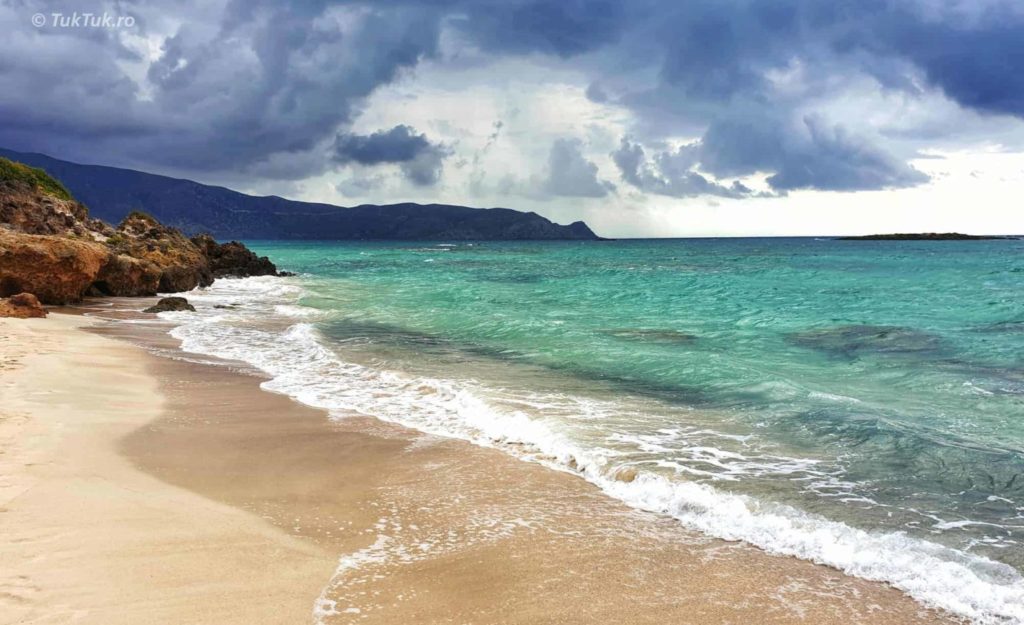
Located in the southwestern part of Crete, Elafonisi is a special beach bathed by exotic crystal waters, known especially for its pink sand (given by broken pieces of shells, coral, and other aquatic material). A true heaven on Earth, with fine sand and calm waters, Elafonisi is a magical place, included in many international rankings of the world’s most beautiful beaches, including the 2014 edition of Trip Advisor’s popular 25 Best Beaches in the World. Admittedly, for me, Elafonisi remains one of my top three favorite beaches in Greece.
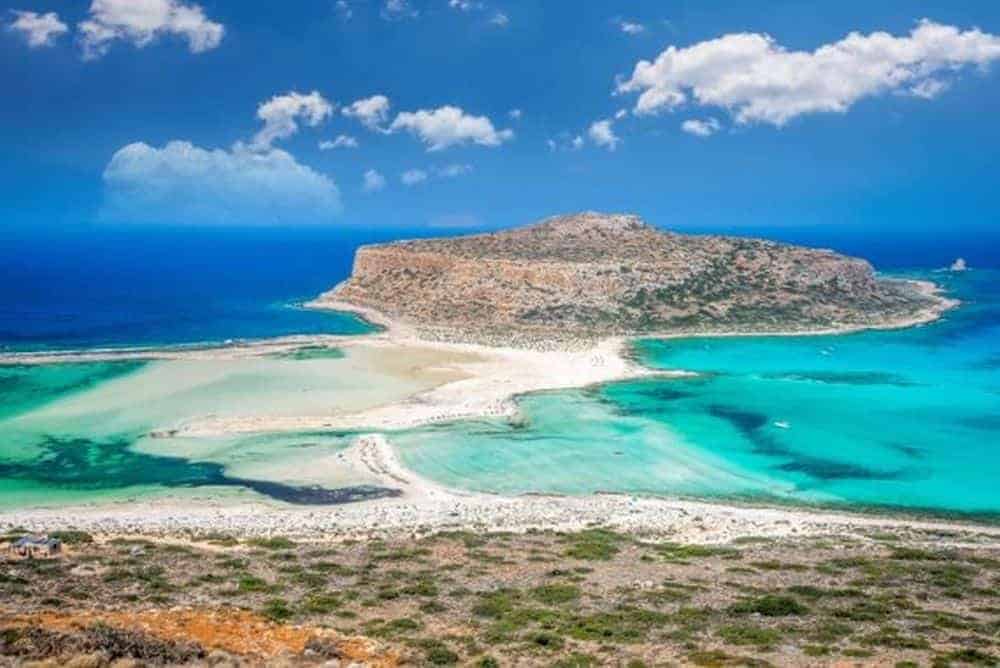
Balos Beach (located 60 km northwest of Chania town) is one of the most beautiful beaches in Greece. The hills surrounding it look like a lagoon with white sands and clear water. Opposite the beach is a rocky island called Gramvoussa, on the top of which stands a Venetian castle, from where you have fabulous views of the surroundings.
Balos can only be reached by a 4×4 on a country road from Kaliviani, a village near Kissamos. Alternatively, visitors can take a boat trip from Kissamos.
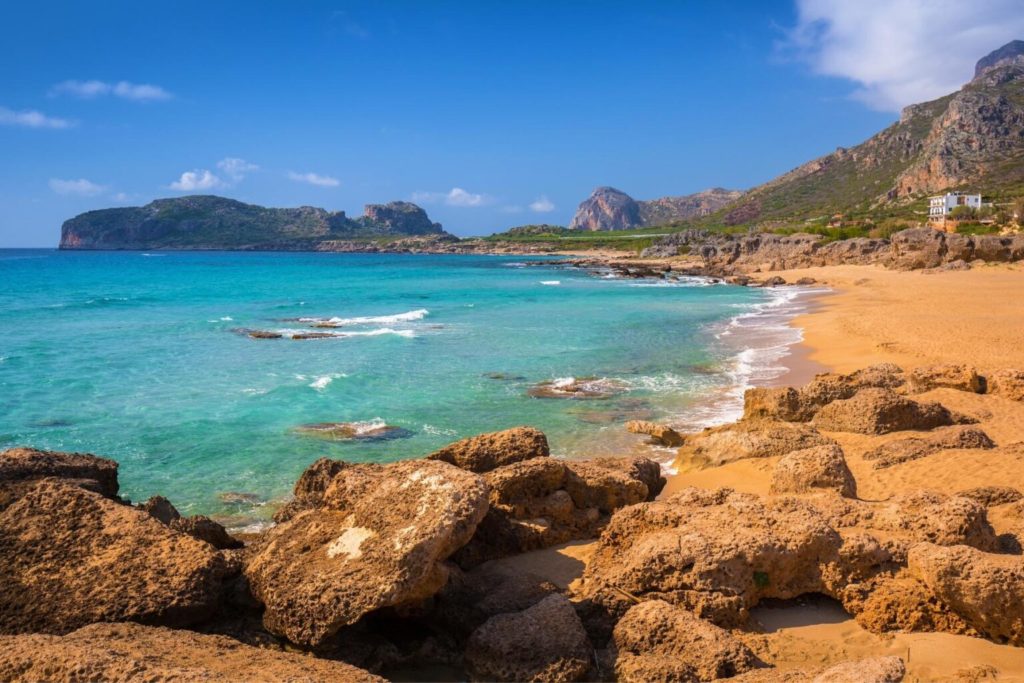
Falassarna is one of the best beaches in Crete, located on the edge of a field near the village of Platanos – 58km west of Chania town. The golden sand is extremely fine, and the sea water is incredibly clear, turquoise. Umbrellas and sun loungers can be rented on the beach, but for the most part, Falassarna has an idyllic image as a quiet and very clean place. The views from the beach are beautiful, and the sunsets are truly magical.

These are the main regions in Greece where you can combine a great mountain-sea holiday. Of course, they are not the only ones; smaller islands or lesser-known mainland areas also offer this possibility. So you have one more reason to answer the question why take a holiday in Greece?
You may also like: 10 lesser-known Greek islands for a dream holiday

